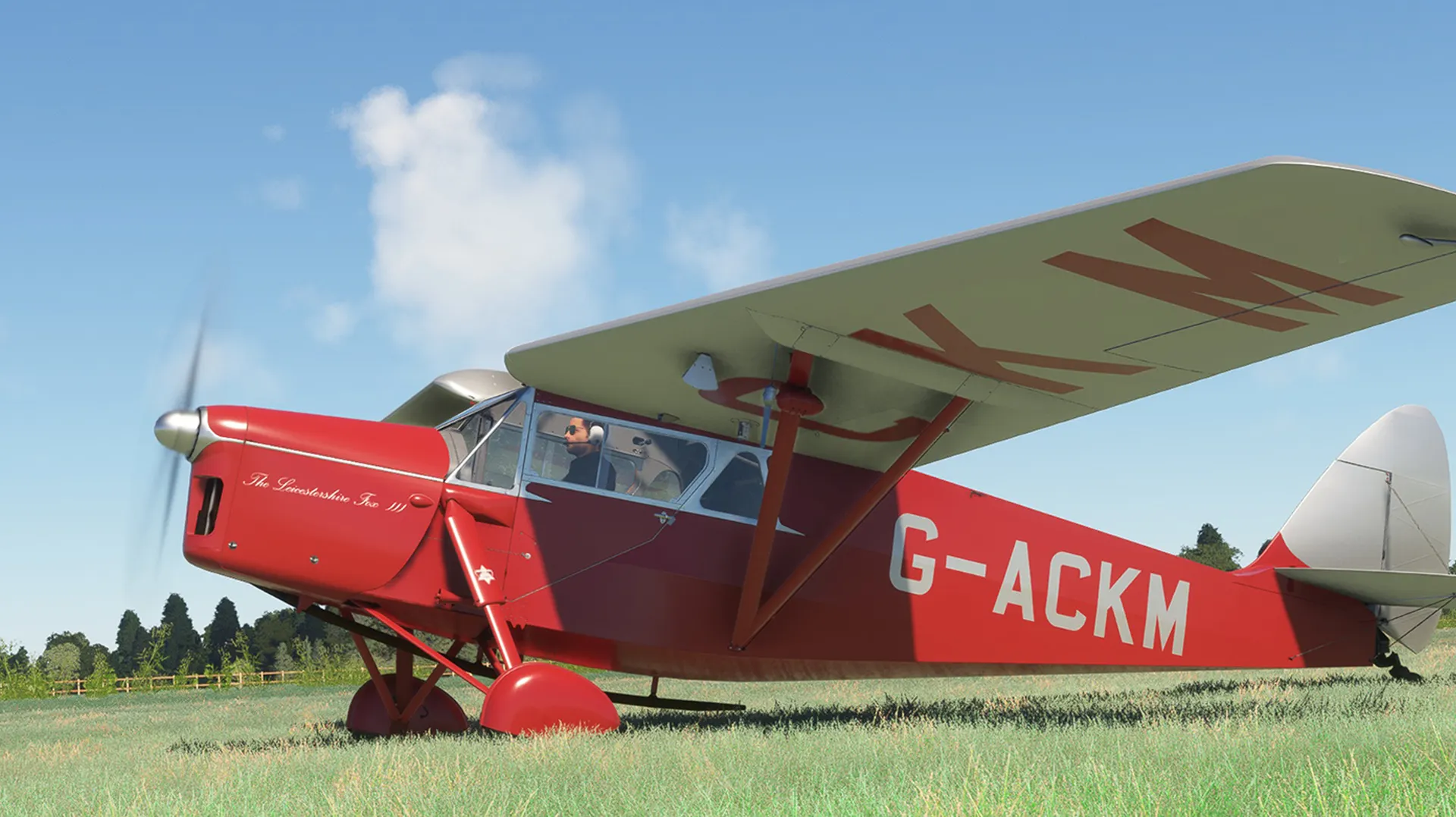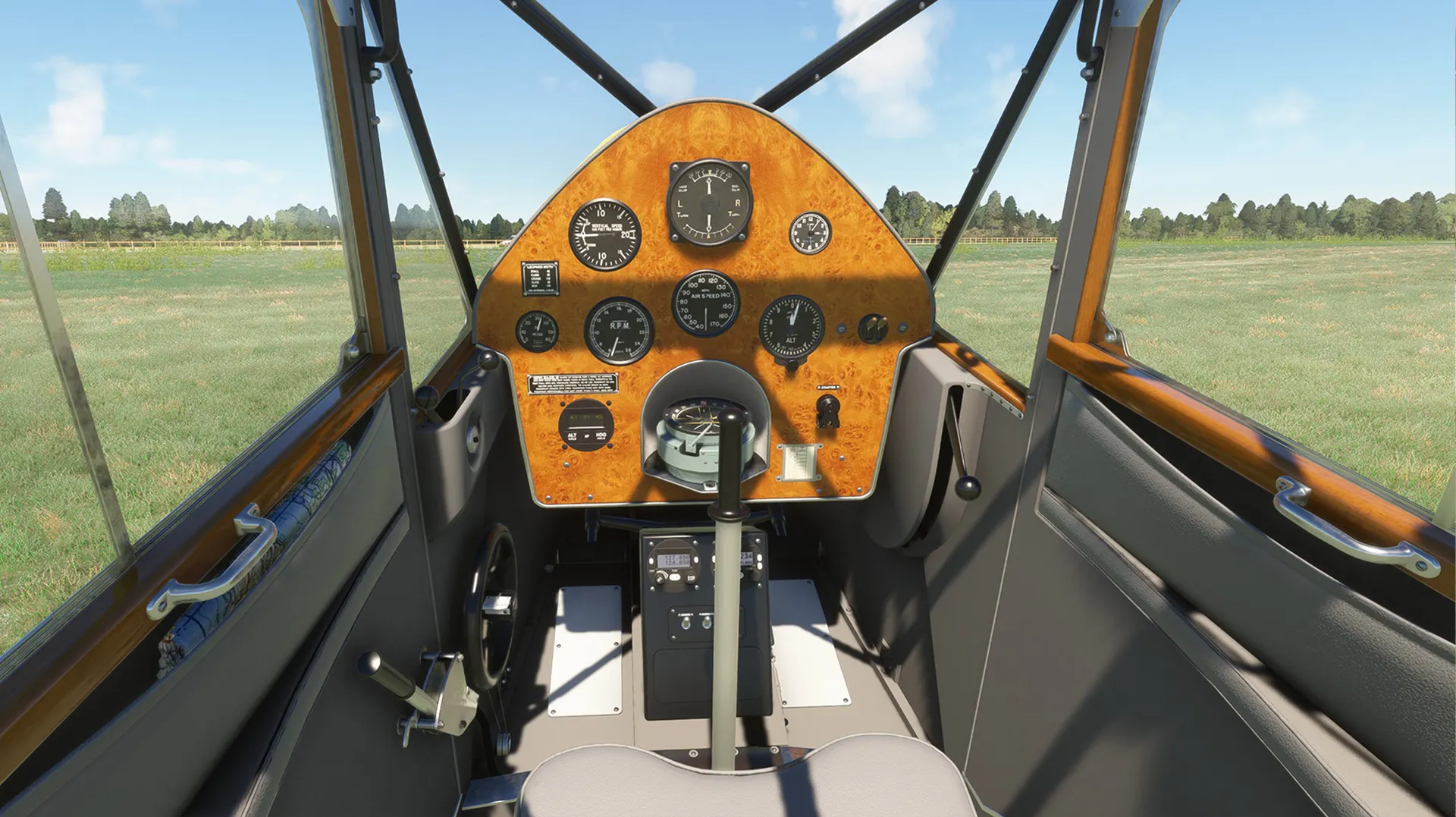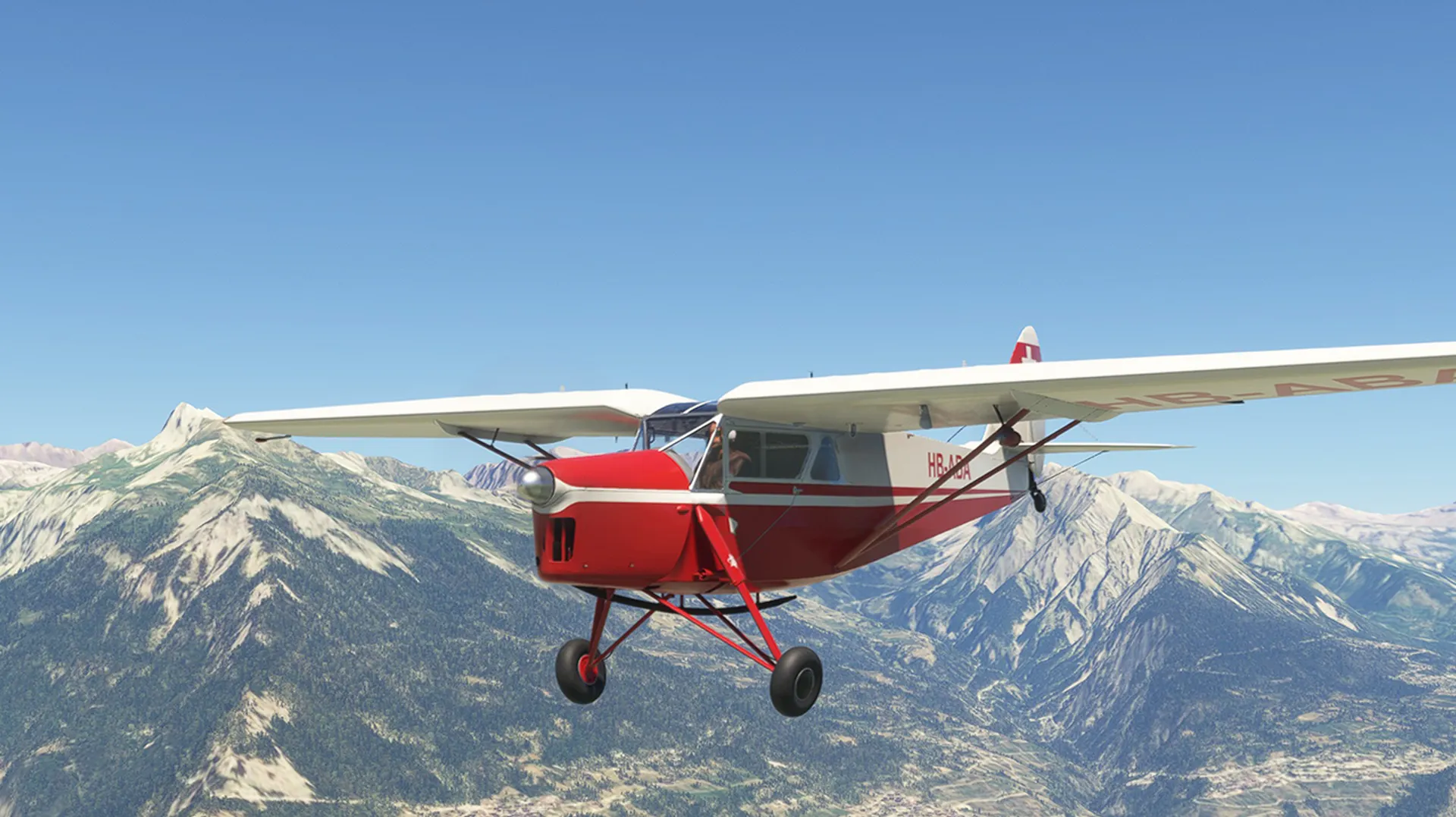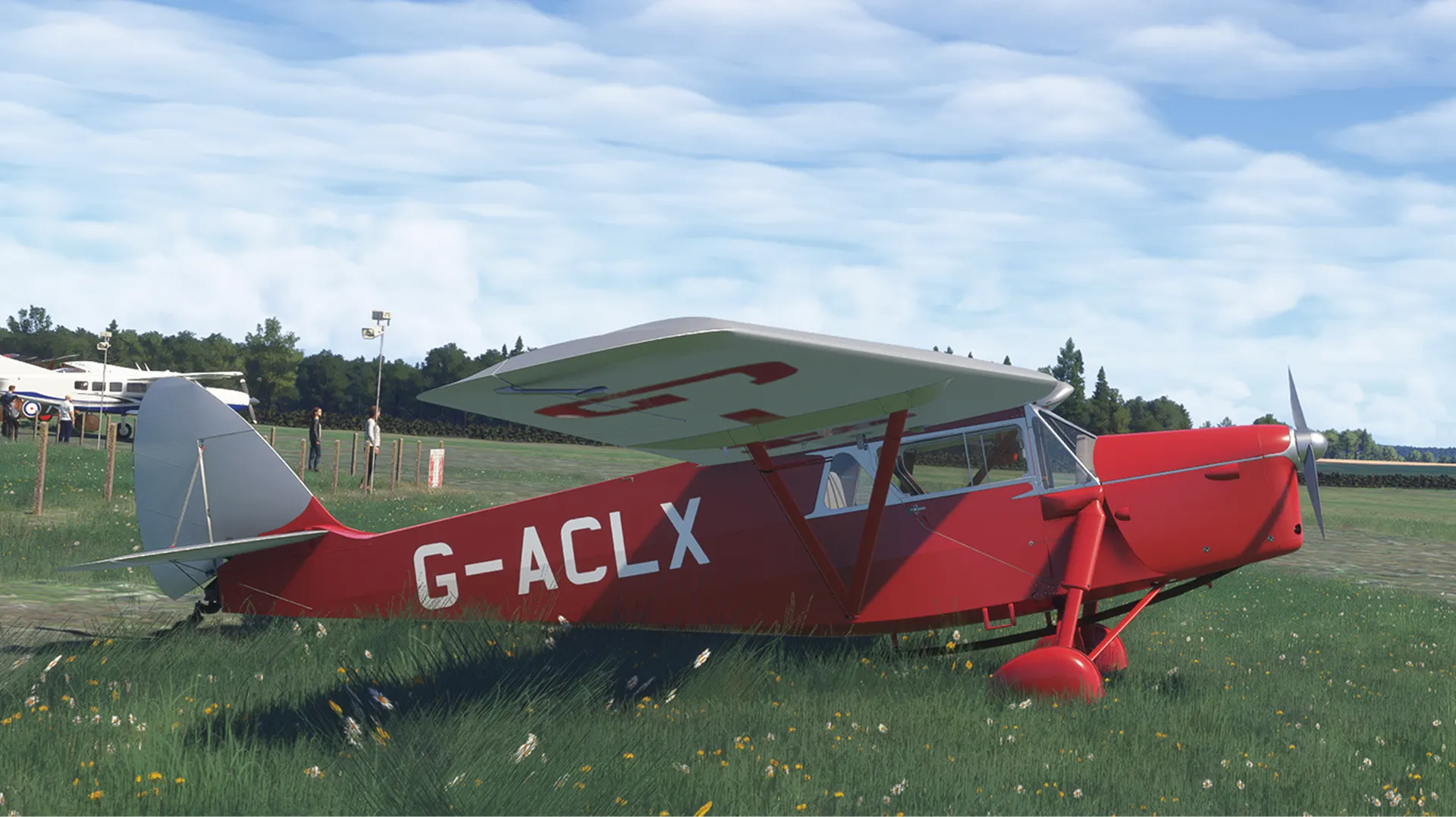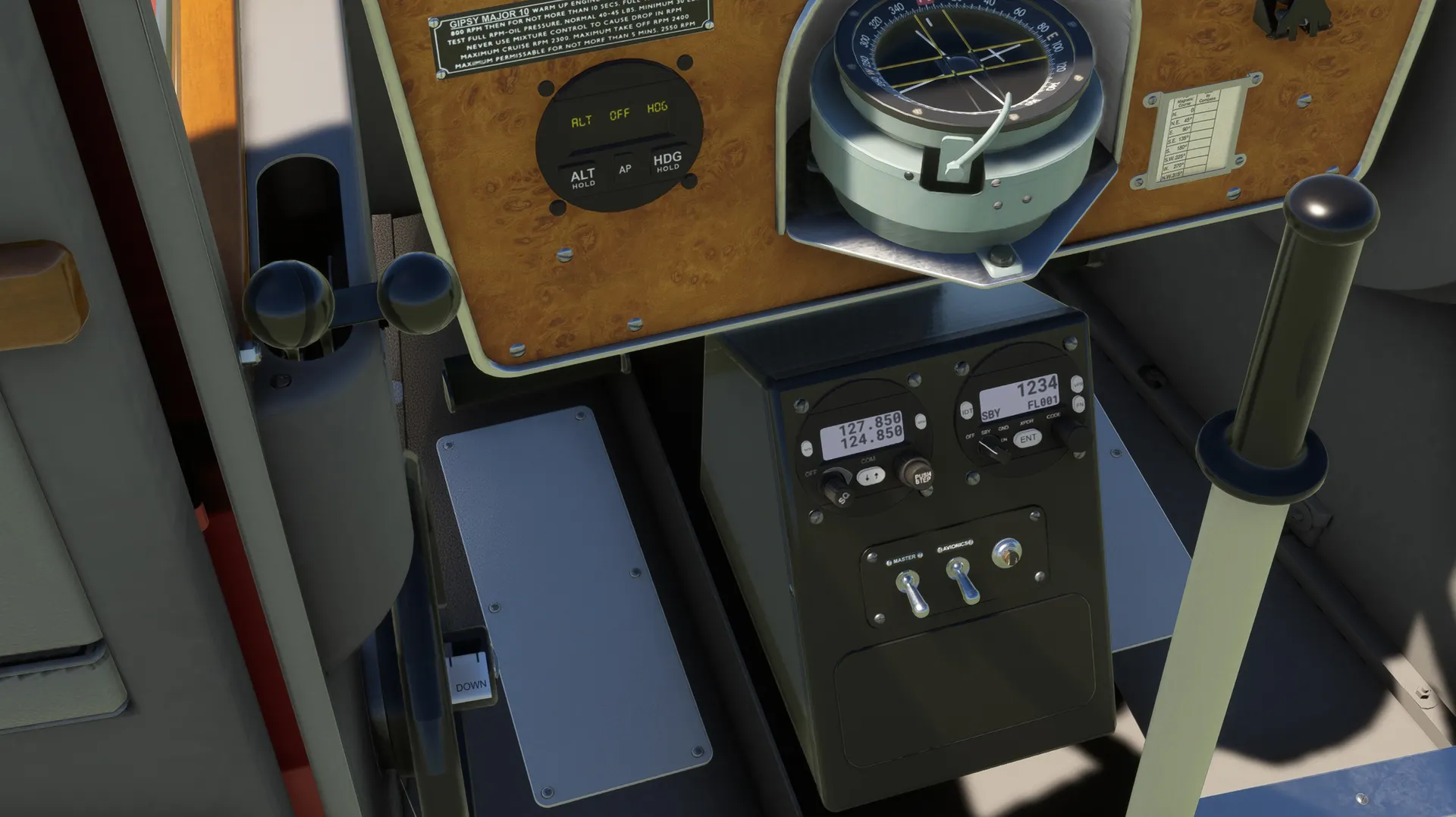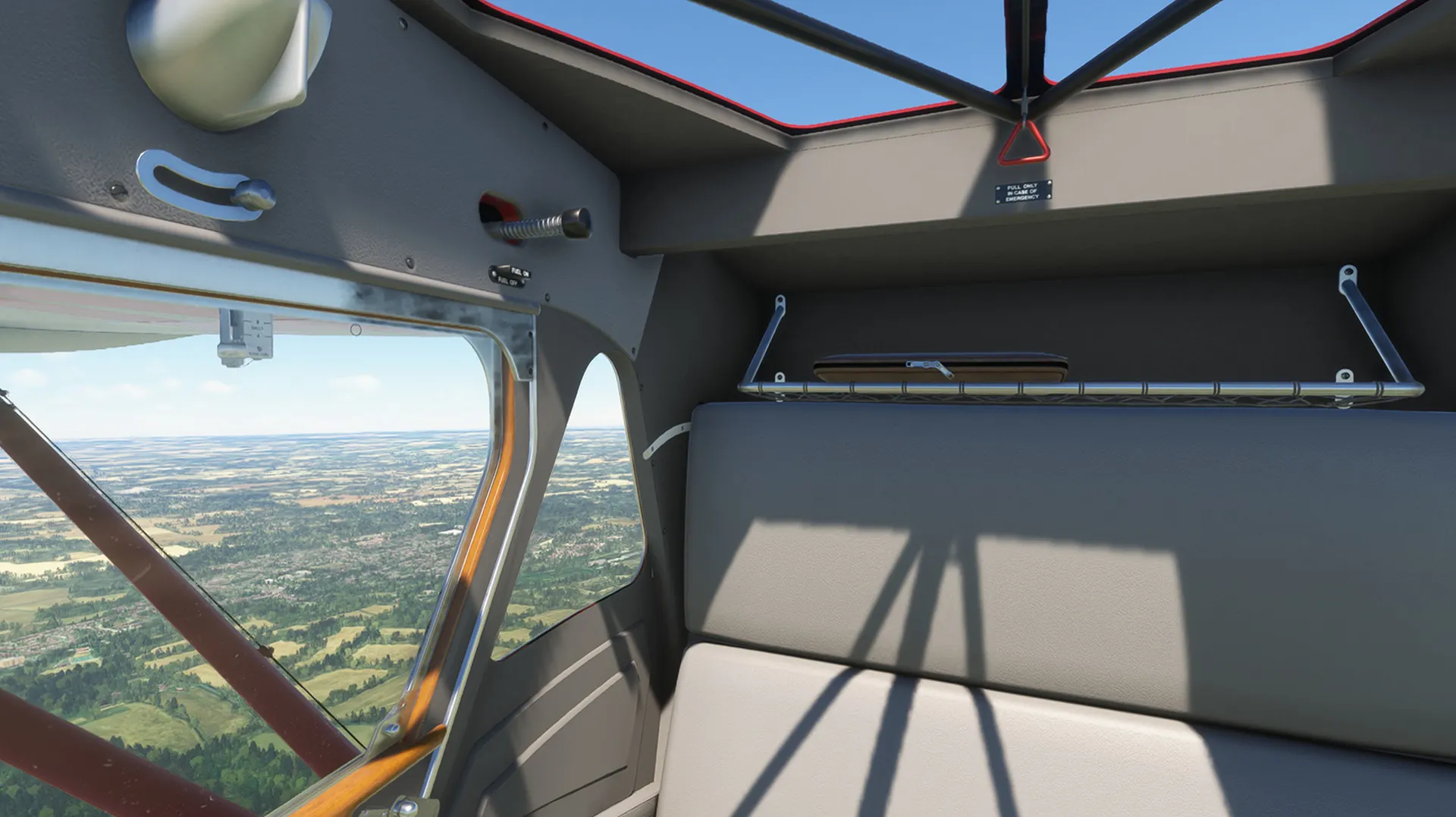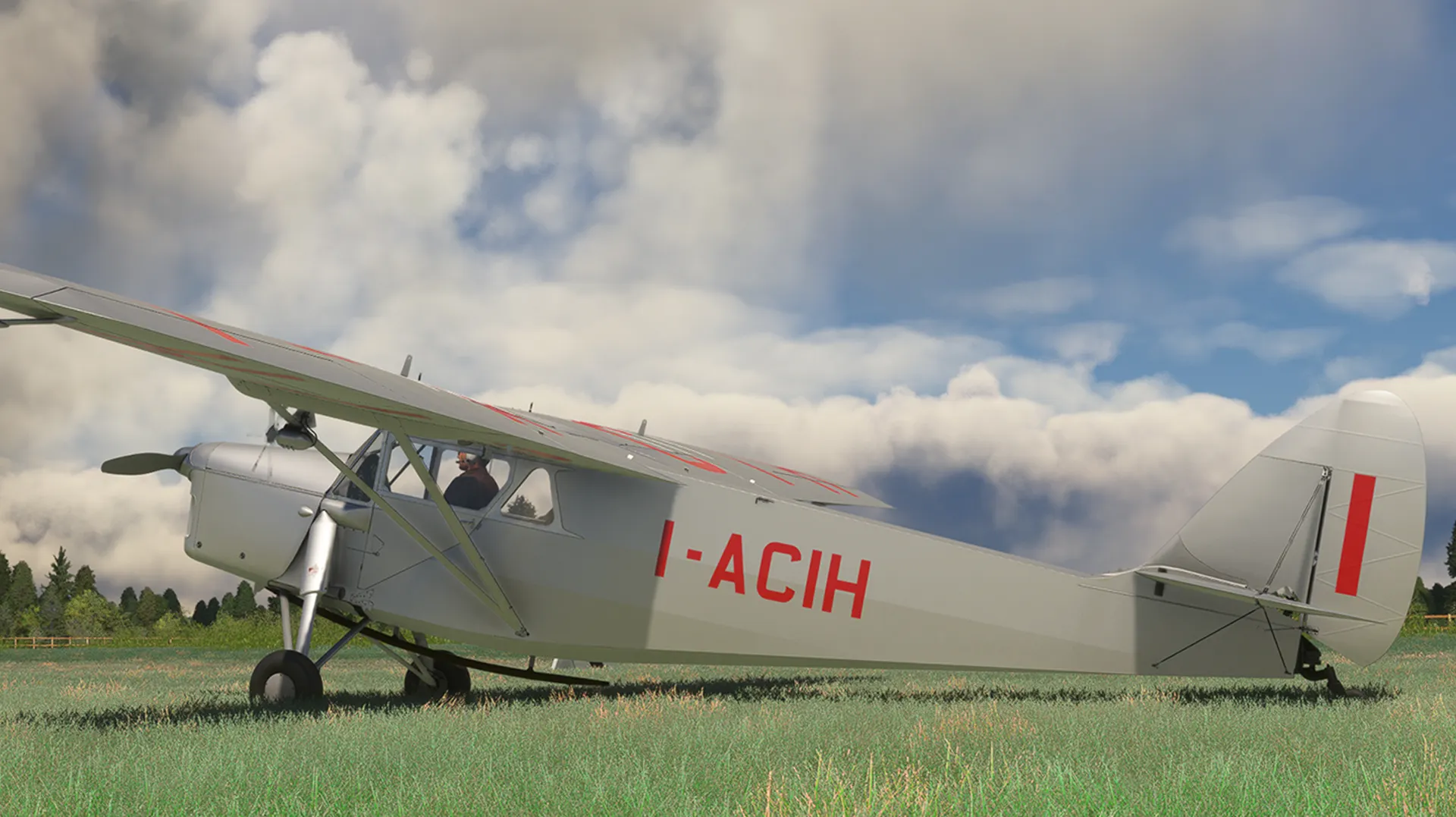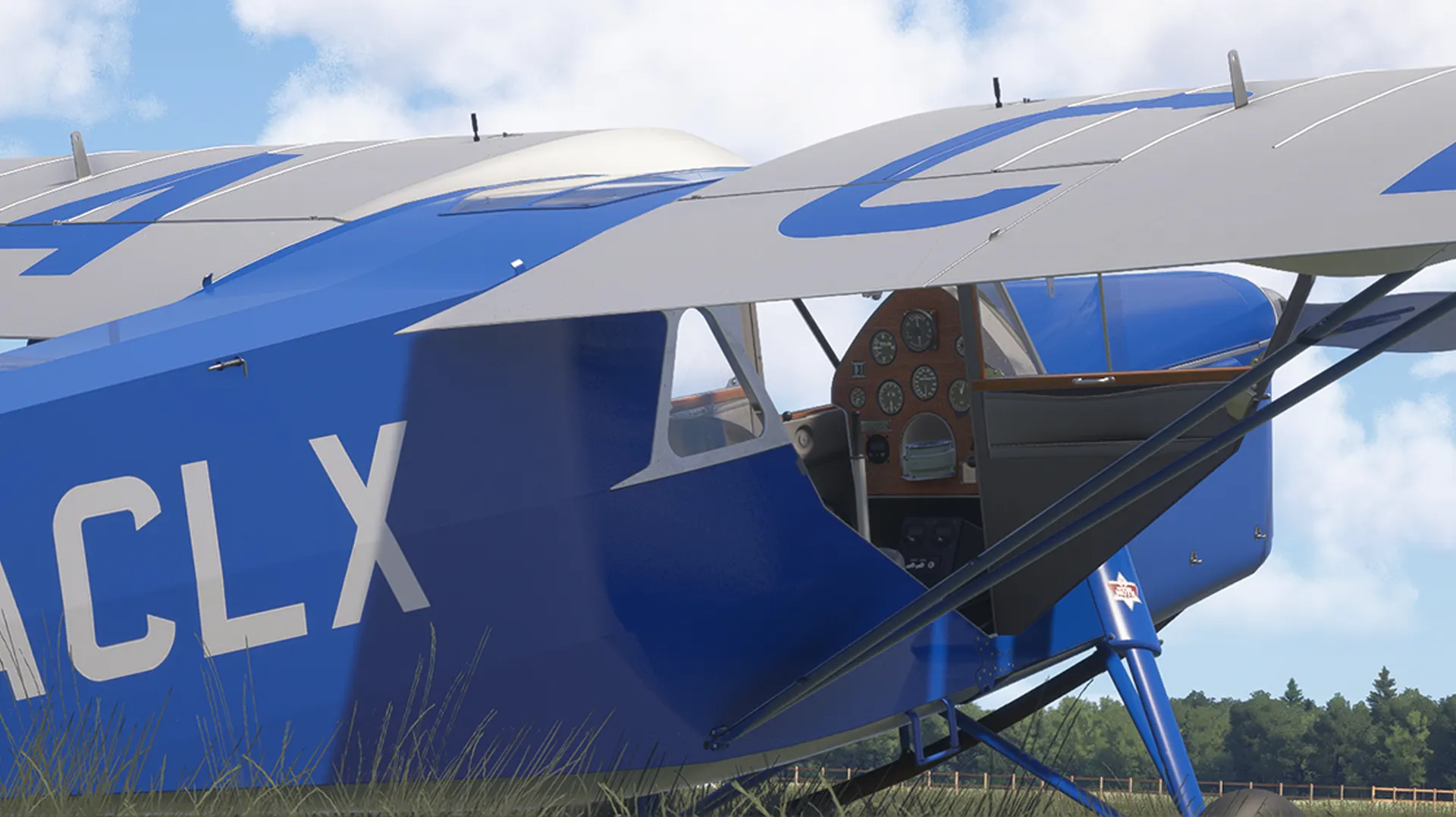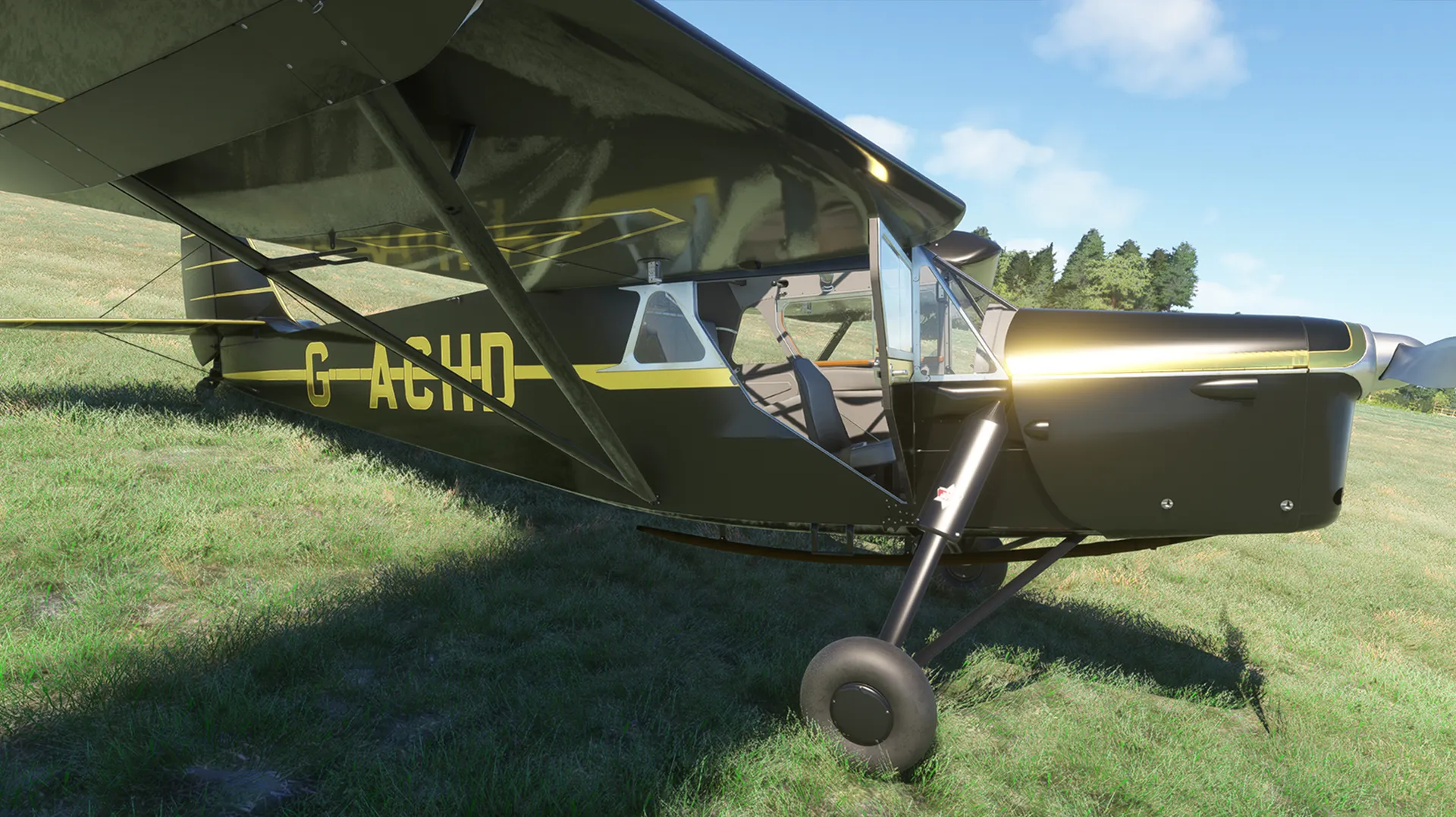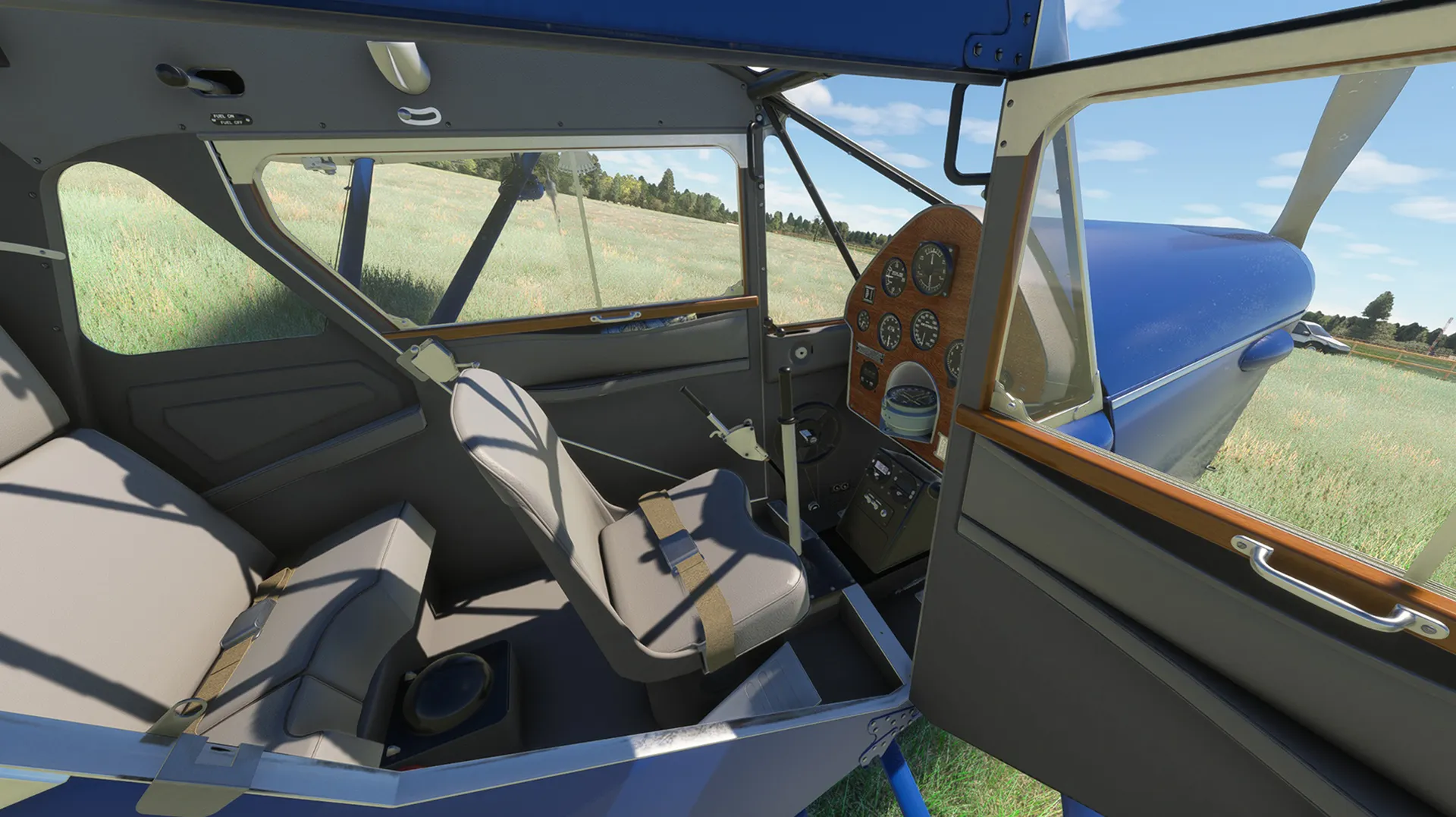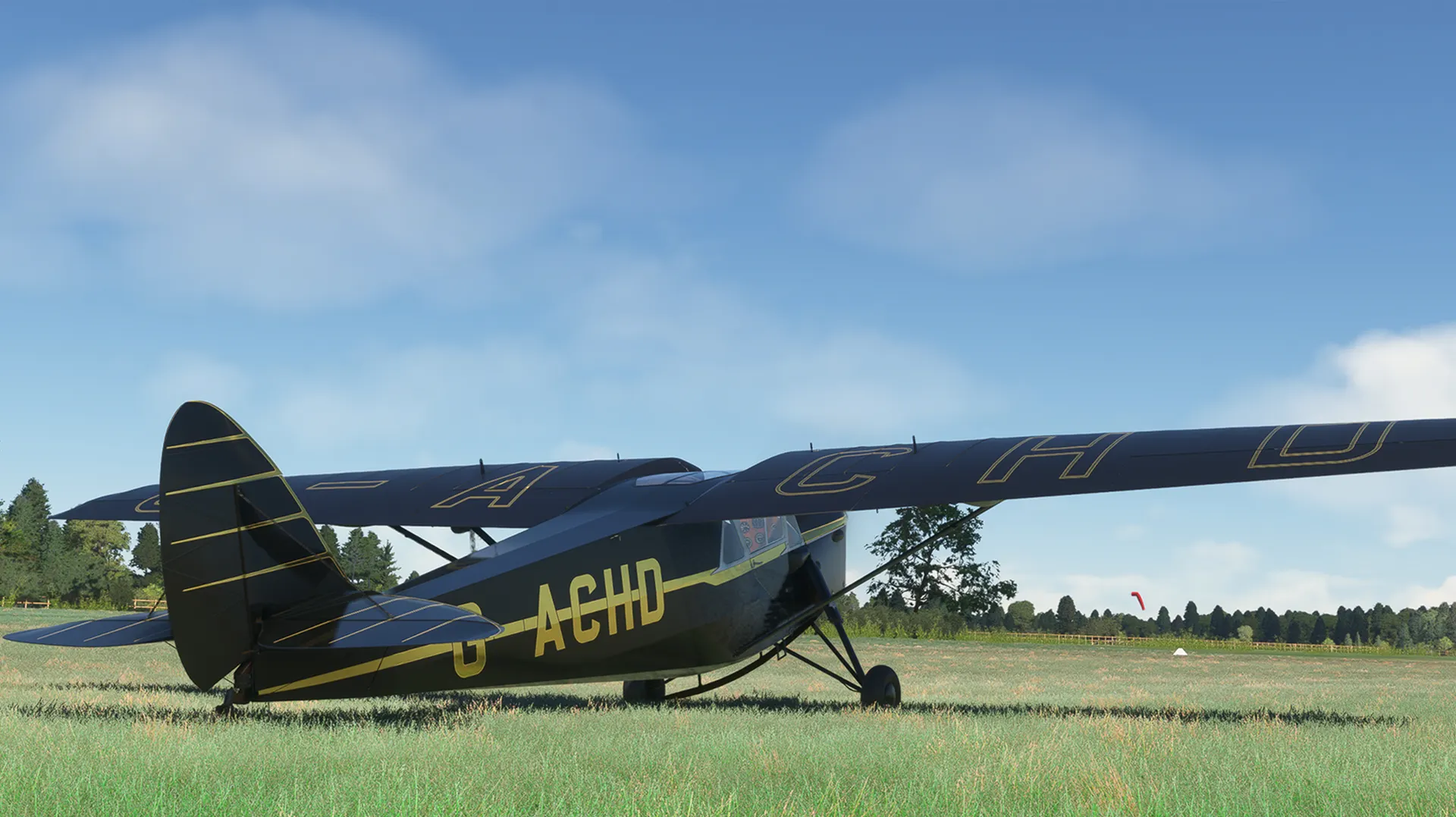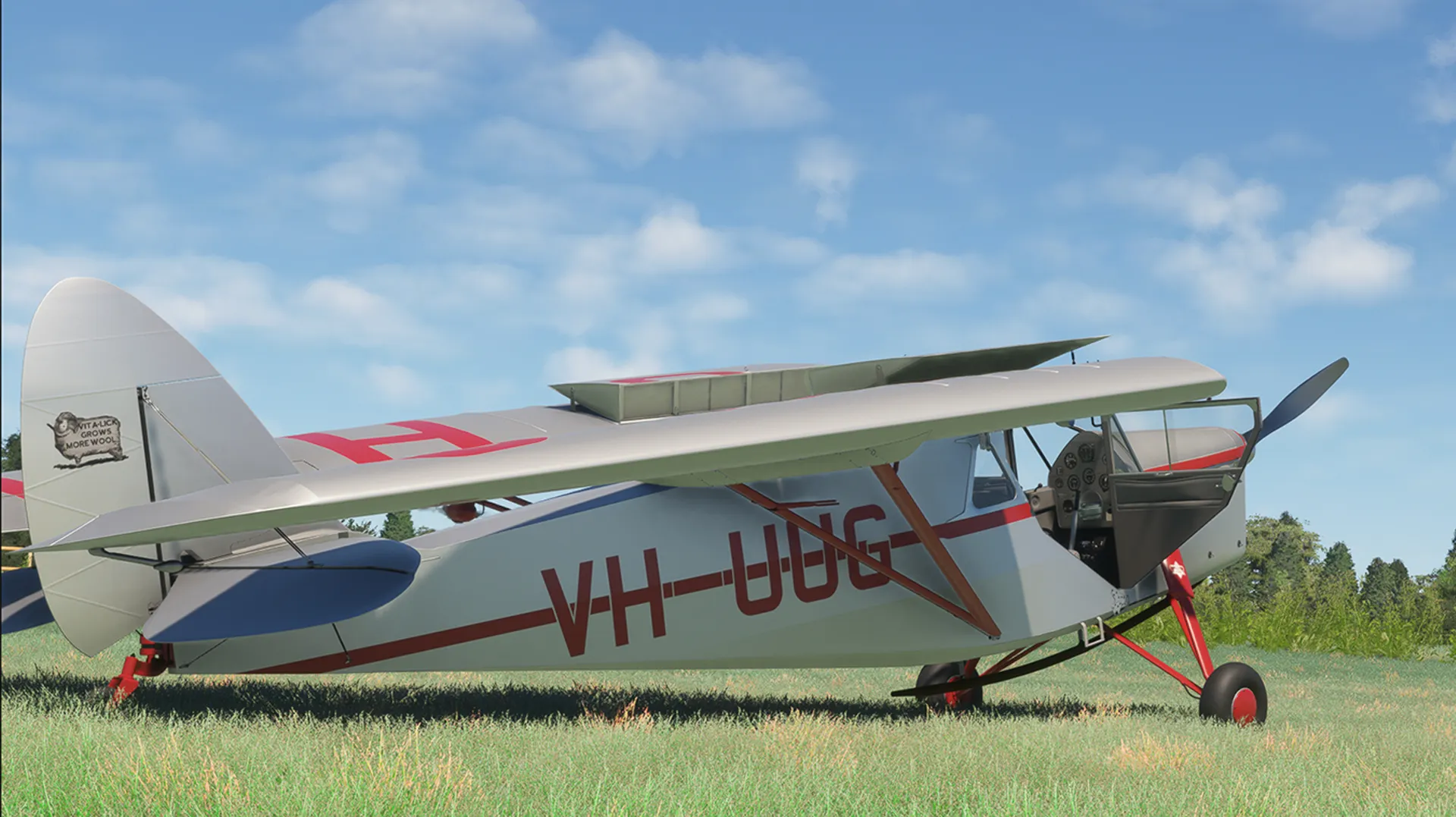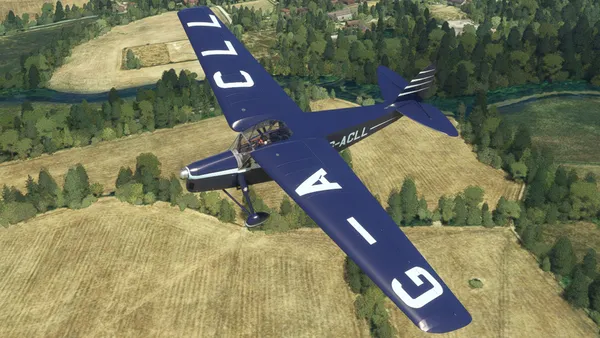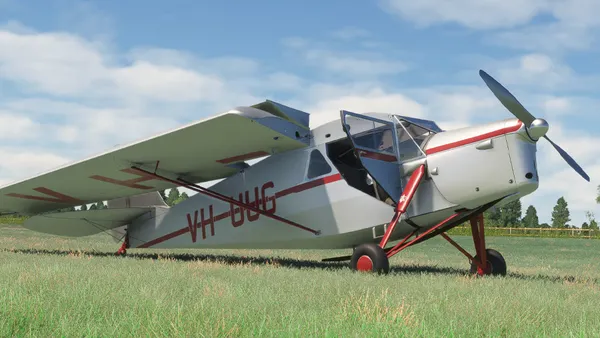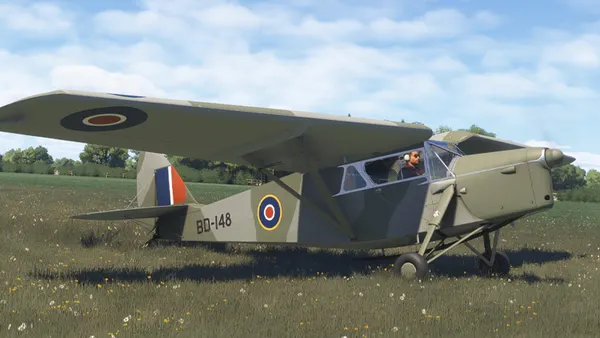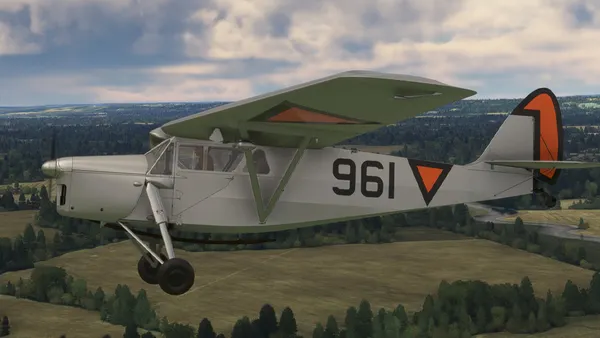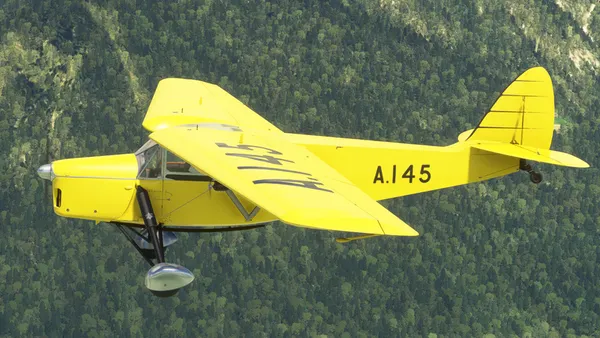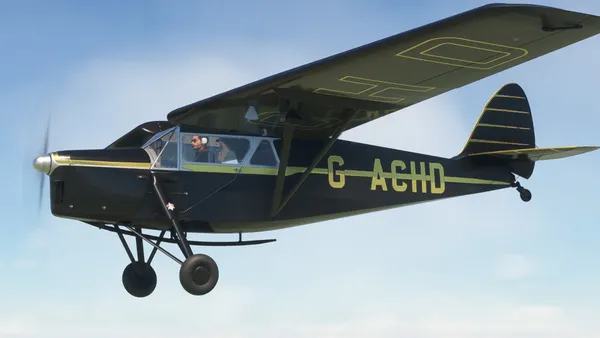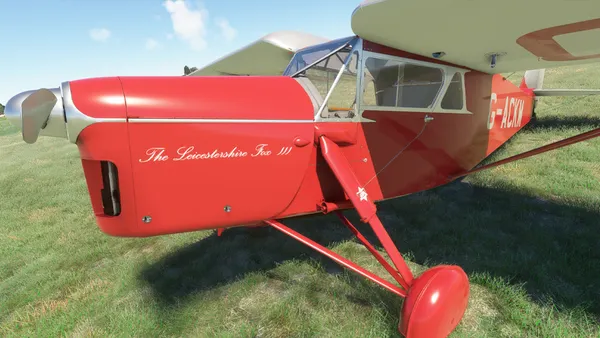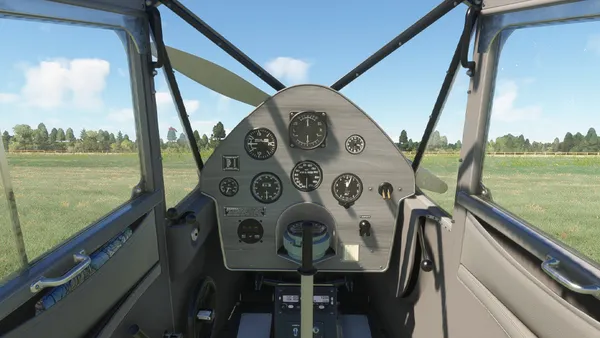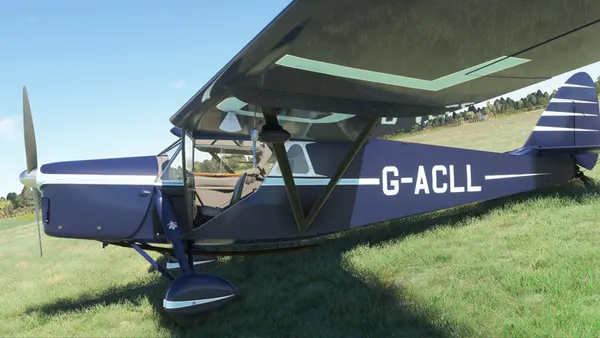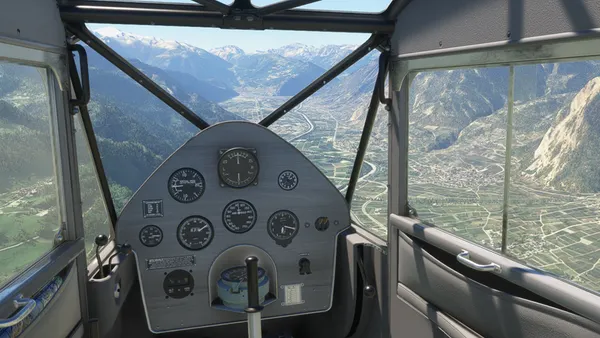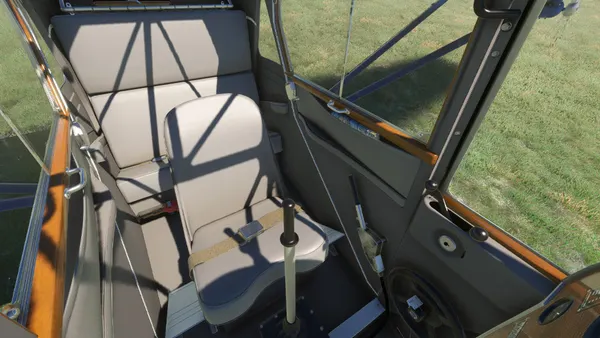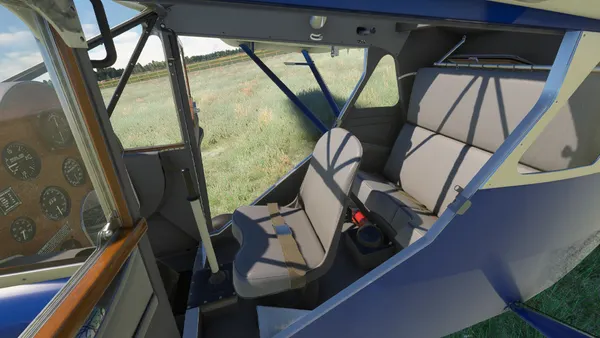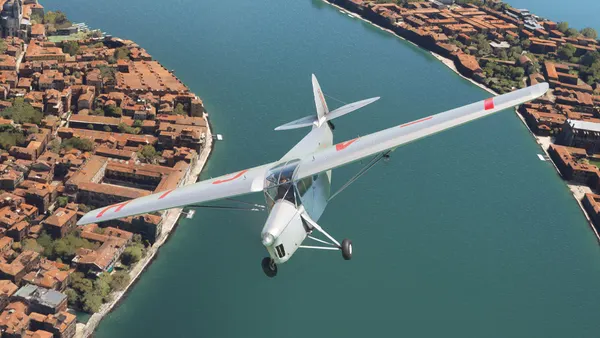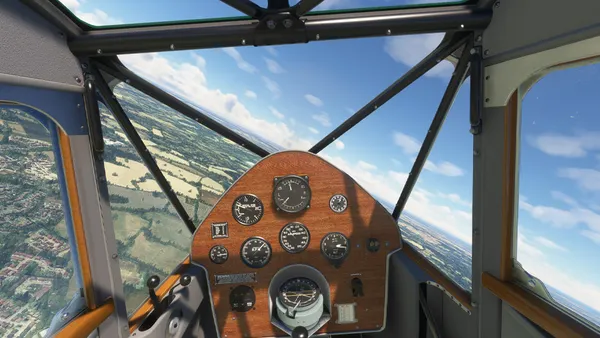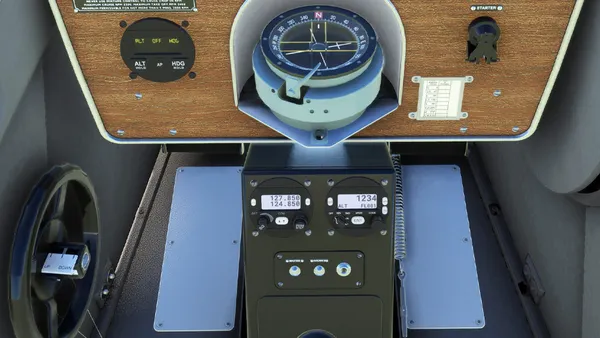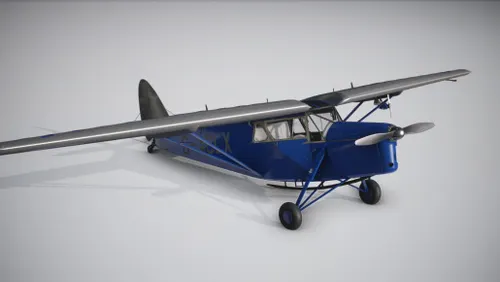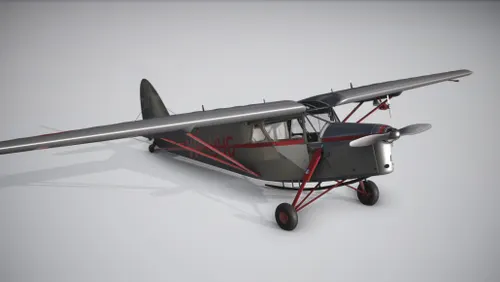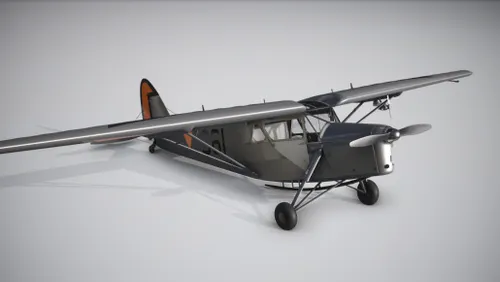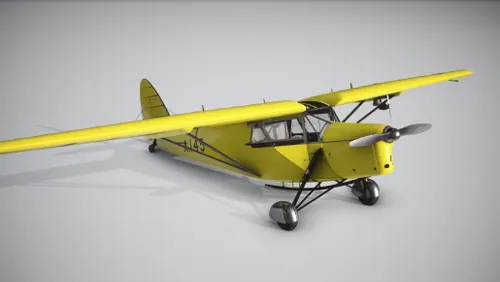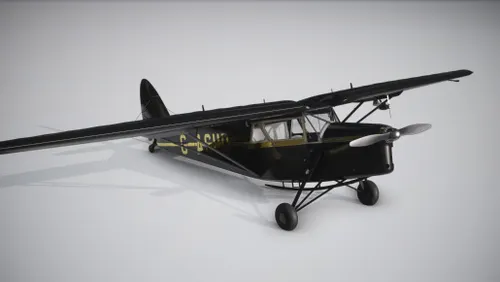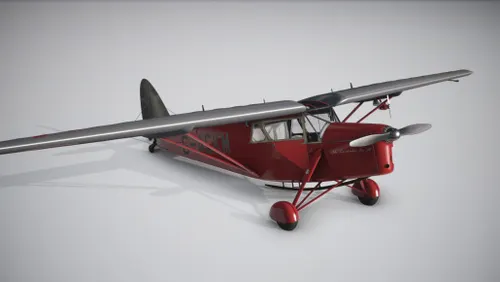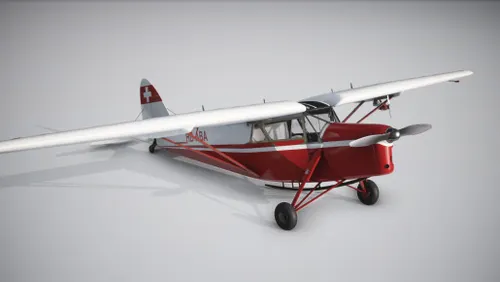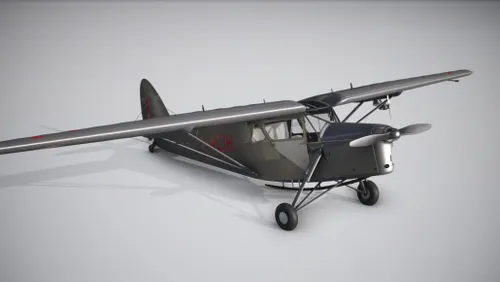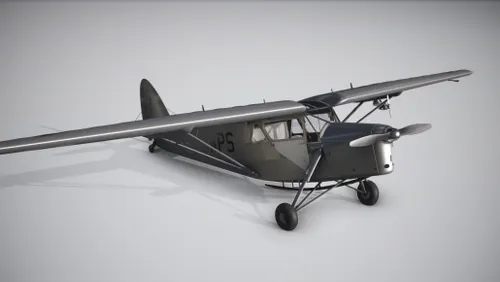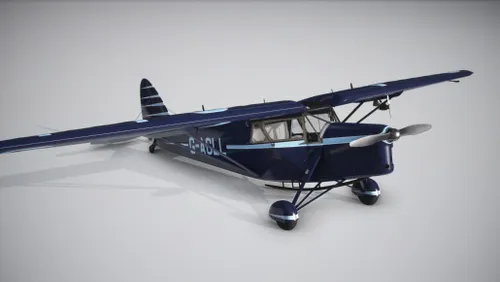The DH.85 Leopard Moth is a British single-engine, 3-seat, high-wing airplane. The Leopard Moth was developed in the early 1930s based on a previous design in its aircraft lineage. It took its maiden flight on May 27, 1933 and was introduced to the world a few months later by winning the King’s Cup Race, a British cross-country air race. It quickly became renowned for its reliability, ruggedness, speed, and long range. One model was flown from Lisbon, Portugal to Timor and back via the Cape Verde Islands. The multi-leg journey spanned a total distance of over 40,000 miles.
A total of 132 were manufactured during a production run that spanned from 1933 to 1936. Models of the DH.85 Leopard Moth were delivered to users in countries throughout the world, including Australia, France, South Africa, and India. 44 were appropriated for military use during World War II, primarily as communications aircraft, with some being used for training. Although most Leopard Moths were lost in the decades since its debut (including 38 during World War II), at least six remain airworthy today.
The DH.85 Leopard Moth’s fuselage is constructed of plywood and its wings and stabilizers are made from wood ribs and spars with doped fabric for skin. The airplane features an enclosed cabin with a single seat for the pilot and a bench to its rear that can accommodate two passengers. It has a strut-braced main wing with a gently swept leading edge and a straight trailing edge. The wing comprises a hinging and locking mechanism that allows it to be folded for storage. It has a fixed standard undercarriage and a traditional empennage with a flying tailplane. While it does not incorporate flaps in its main wing, the Leopard Moth has speed brakes built into its main landing gear struts that the pilot can deploy for landing.
The DH.85 Leopard Moth measures 24 feet, 6 inches in length, stands 8 feet, 9 inches tall, and has a wingspan of 37 feet, 6 inches. It is powered by a 4-cylinder, inline piston engine that delivers up to 130 horsepower to 2-blade, fixed-pitch propeller. It has a range of 715 miles, a service ceiling of 21,500 feet above sea level, and a maximum climb rate of 550 feet per minute. It cruises at 119 miles per hour and has a top speed of 137 mph.
